Back to Basics: What are splash ads?

Learn the benefits of splash ads and why this format is gaining popularity in China, and captivating global audiences.
Back to Basics: A quick guide to SKOverlay banners
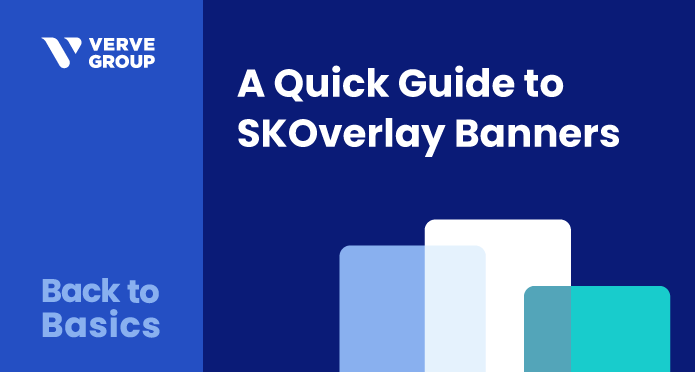
What are SKOverlay banners, and how can they help your monetization and advertising strategy? In this blog, we’ll go back to the basics on this innovative ad format that is helping demand partners improve their app install campaigns, and generating higher revenue for publishers. What are SKOverlay banners? SKOverlay banners are small click-to-install banners that appear at the bottom of interstitial ad formats like playable or rewarded ads. Uniquely, these banner ads are not only clickable, but also allow for immediate, in-banner downloads of the advertised app. As a result, users can download a new app without ever leaving the native app. Available on iOS, SKOverlay banner placements are transforming app-install campaigns. Why do advertisers and marketers love SKOverlay banners? For demand partners, SKOverlay banners help drive app installs. As a user is engaging with the ad, they will see an option to download the advertised app. Historically, ads redirected users to the App Store, where they had to manually select to download the app. With SKOverlay banners, however, they can simply confirm install/purchase right from the banner ad. The banner triggers an install prompt. Upon completion, the new app appears on the user’s device, and their in-app experience is uninterrupted. By keeping the download in the native app experience, dropoff is less, brand sentiment improves, and of course, app installs increase. Additionally, for rewarded video ads, after a user installs the app they can continue to watch the video ad to reap the reward upon video completion. What are the benefits of SKOverlay banners for publishers? Quite simply, SKOverlay banners keep users engaged with the publisher’s app. With any ad that causes a redirect, users are less likely to return to the app. By creating an opportunity to install the advertised app without a redirect to the App Store, users have a better UX, and they stay engaged with publishers’ content. Of course, as marketers and demand partners see better returns on their KPIs, they are willing to spend more for placement. As a result, publishers can also enjoy higher eCPMs with these SKOverlay placements. Getting started At Smaato, we make it easy to enjoy this ad format, along with countless others. For publishers, download the latest version of our SDK to ensure you can monetize SKOverlay banner inventory. Integrate with Smaato’s NextGen SDK for iOS. For demand partners, get in touch with your client partner manager to learn more! As always, we’re here if you have any questions. This blog post originally appeared on Smaato’s website. Smaato is part of Verve.
Back to Basics: Full-screen ad formats – benefits for publishers and users
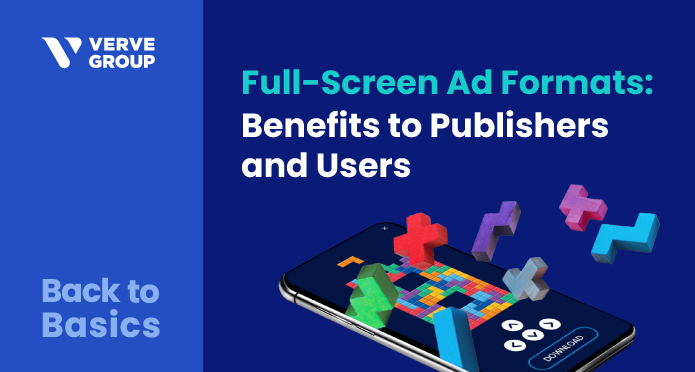
Digital marketing has sure come a long way since the early days of banner ads and pop-ups. In recent times, full-screen ads have emerged as one of the most effective ad formats, and their popularity is growing faster than ever. For instance, as of December 2023, eCPM (revenue earned per 1,000 impressions) for in-app full-screen interstitial ads in the United States topped the charts, reaching $13.61 for iOS and $13.23 for Android. Editor’s note: Updated March 2024 with most recent statistics available. Why are full-screen ads so important? The answer lies in the highly engaging user experience that full-screen ads provide. These ad formats occupy the entire screen, offering an engaging experience that is hard to ignore. As a result, advertisers increasingly use them to create impactful campaigns that capture users’ attention, resulting in higher click-through rates, increased user retention, and ultimately, higher revenue for publishers. As demand for full-screen ads increases from advertisers, publishers should pay attention to this trend, as it makes their ad inventory more attractive and can deliver higher eCPMs. What exactly are full-screen ads? As the moniker implies, full-screen ads are a form of advertising designed to take up the entire screen, be it on mobile or desktop devices. Full-screen ads come in various formats, such as video and image, and are made to grab the user’s attention more effectively. Let’s discuss some of the most popular types of this ad format. Pop-up and play: Embracing the fun of interstitial ads Have you ever encountered an ad while transitioning from one page to another in a mobile app or gaming app? Interstitial ads are strategically placed during organic breaks in content, enabling them to successfully capture audience interest. These ads can contain images, videos, and interactive elements, depending on the advertiser’s preference. Interstitial ads are typically displayed for a few seconds, allowing users to either engage with the ad or close it to return to the content they were previously viewing. Verve provides a diverse selection of interstitial ads to assist you in achieving your monetization objectives. Our interstitial ad placements are equipped with end cards and skip buttons to enhance user engagement. Publishers who have enabled end cards experienced up to 25% increase in eCPM and a 40% rise in revenue. Watch, play, and earn: Rewarded video ads The “Play to earn” concept has gained widespread popularity in rewarded video ads, particularly within gaming apps. These ads offer enticing incentives, such as game currency or bonuses, to users who interact with or view the advertisements. In the gaming industry, many app developers have adopted a hybrid monetization model that allows users to either purchase in-game currencies or earn them by watching rewarded video ads. Interestingly, integrating a freemium model into their monetization strategy has helped boost key performance indicators for some app developers. The freemium approach caters to the diverse preferences of players, as some may prefer to pay for certain boosts, while others may not. Rewarded ads drive publishers’ revenue with high eCPMs around the world. Here’s how mobile publishers fared in the top 5 countries for rewarded ad eCPMs. Country Android eCPM United States $15.01 South Korea $11.67 Singapore $10.82 Norway $10.41 Australia $8.80 Country iOS eCPM United States $15.16 Taiwan $13.87 Kuwait $11.37 Japan $10.96 United Kingdom $10.12 Data source: Appodeal, Yearly Mobile eCPM Report, 2024 Edition Verve’s SDK provides non-skippable video rewarded ads featuring a playable component, allowing users to actively engage with the ad and gain a first-hand understanding of the promoted content. Expandable ads that stretch beyond expectations Small but mighty, expandable ads have the power to take over the entire screen and should not be underestimated. What sets expandable ads apart is their ability to target a specific audience who are genuinely interested in the ad, making this ad placement incredibly appealing to advertisers. As a result, publishers enjoy higher eCPMs, making this a win-win situation for all parties involved. Ready to go all-in on full-screen? If you’re interested in learning more about full-screen ads and how they function, Verve provides a variety of ad formats and placements to help you achieve your monetization goals. Don’t hesitate to reach out if you have any questions or want to expand your ad inventory to the next level.
Back to Basics: Mobile web vs. mobile in-app advertising
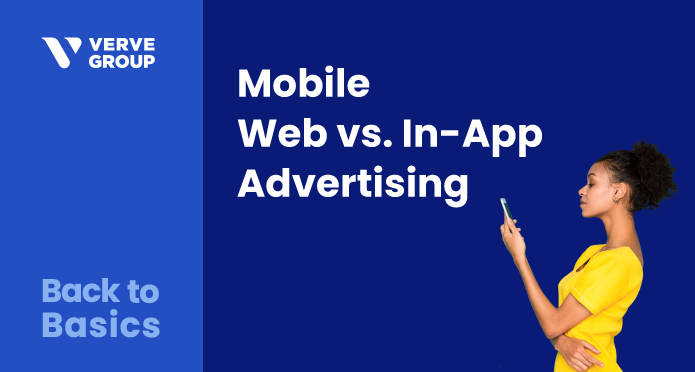
Both mobile web and mobile in-app advertising can help deliver strong, relevant user experiences while helping advertisers drive revenue and improve brand awareness. In this article, we explore the differences between mobile web and mobile in app advertising, and the advantages to each.
Back to Basics: Geotargeting, geofencing, and privacy
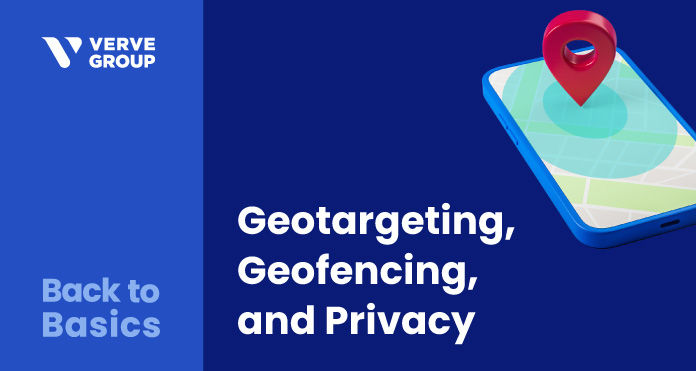
Marketers dream of the magical moment when their message reaches the right person, at the right moment, and in the right place. With so many factors at play, how do marketers figure out the “right place” piece of the puzzle? Buckle up: we’re getting #BackToBasics by defining geotargeting vs. geofencing, benefits for marketers and DSPs, as well as important privacy compliance considerations.
What you need to know about price floors
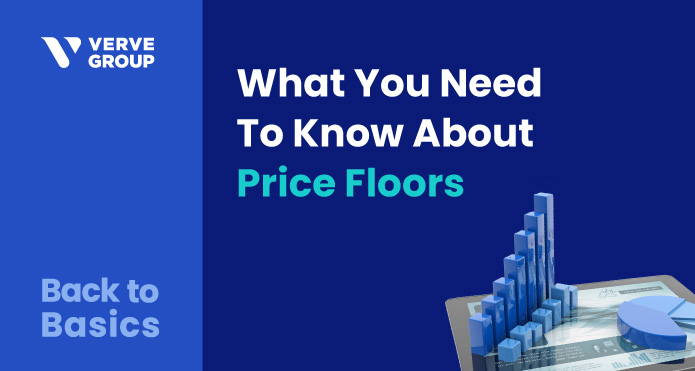
What factors impact ad inventory’s price floor? Find out what hard price floors, soft price floors, and dynamic pricing models shape eCPM for publishers and CPM for advertisers.
In-app bidding: The future of mobile advertising
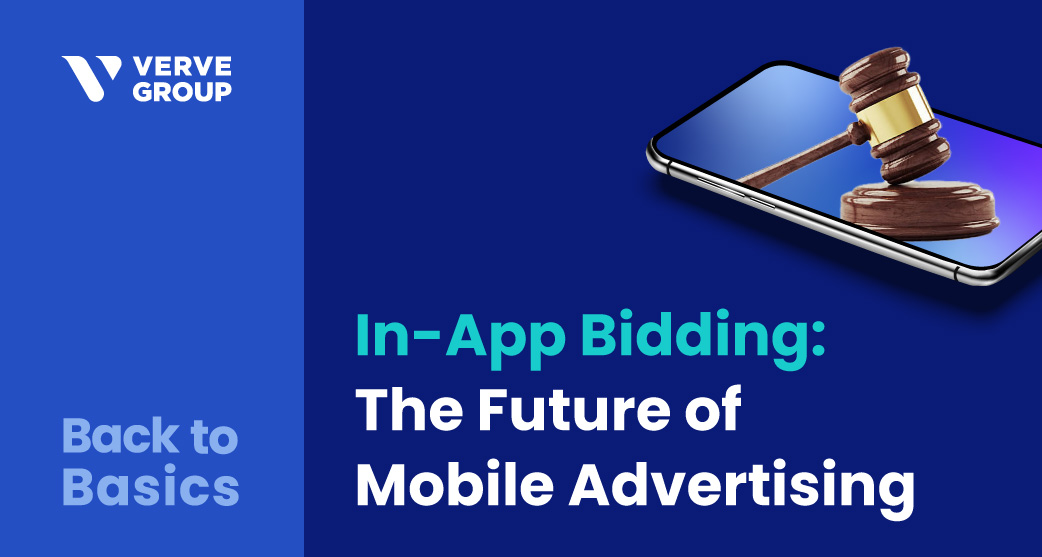
Heavy mobile device usage creates undeniable business opportunities for developers and publishers to monetize their apps with in-app advertising. In-app bidding is a natural next step in the evolution from waterfall bidding to header bidding.
Back to Basics: Benefits of SDK integration for app developers
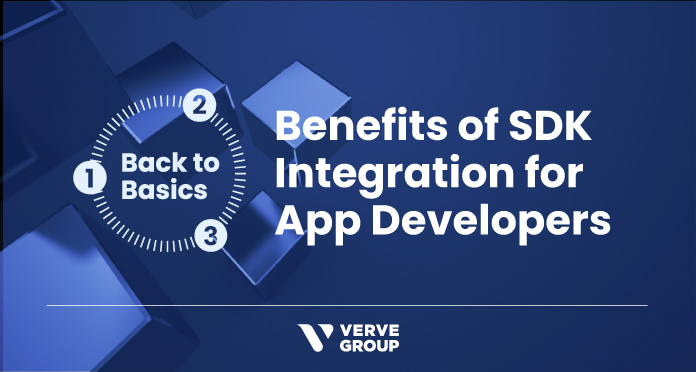
Ad tags, APIs or a full-fledged mobile monetization SDK? In this article, we explore why a mobile monetization SDK might be your best choice.
Back to Basics: Contextual advertising for beginners
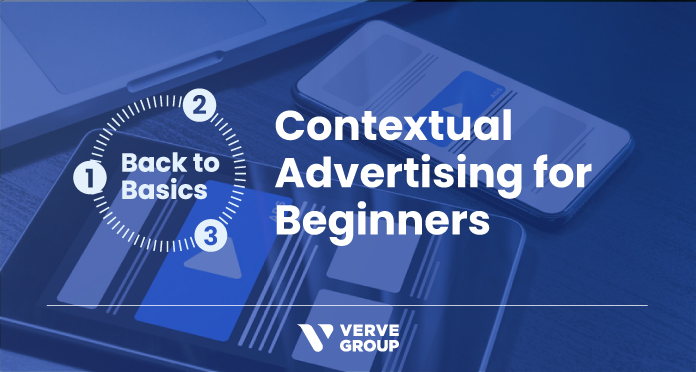
Now that cookies and identifiers are taking leave, contextual advertising is back on center. In this article, we’ll shed light on the concept of contextual advertising, and whether it is the answer to a new identity-less era.
